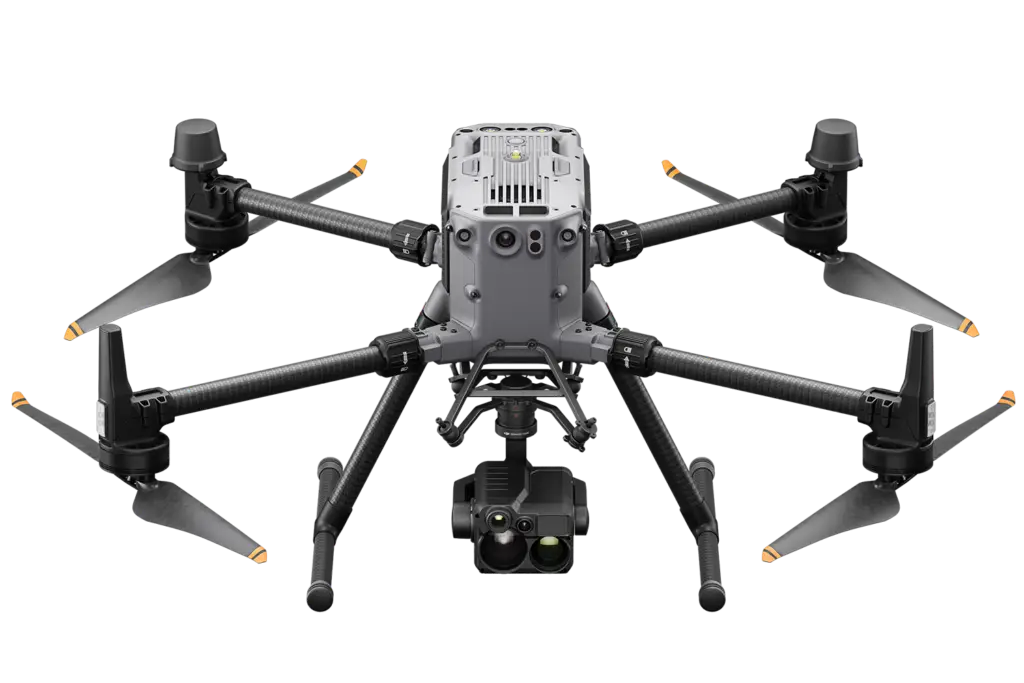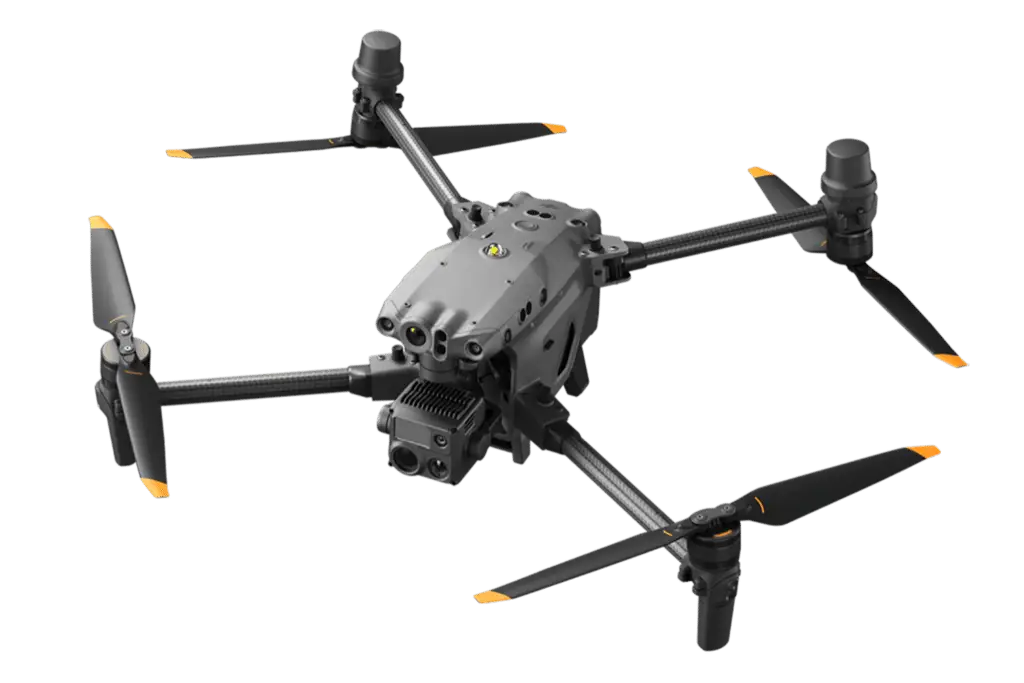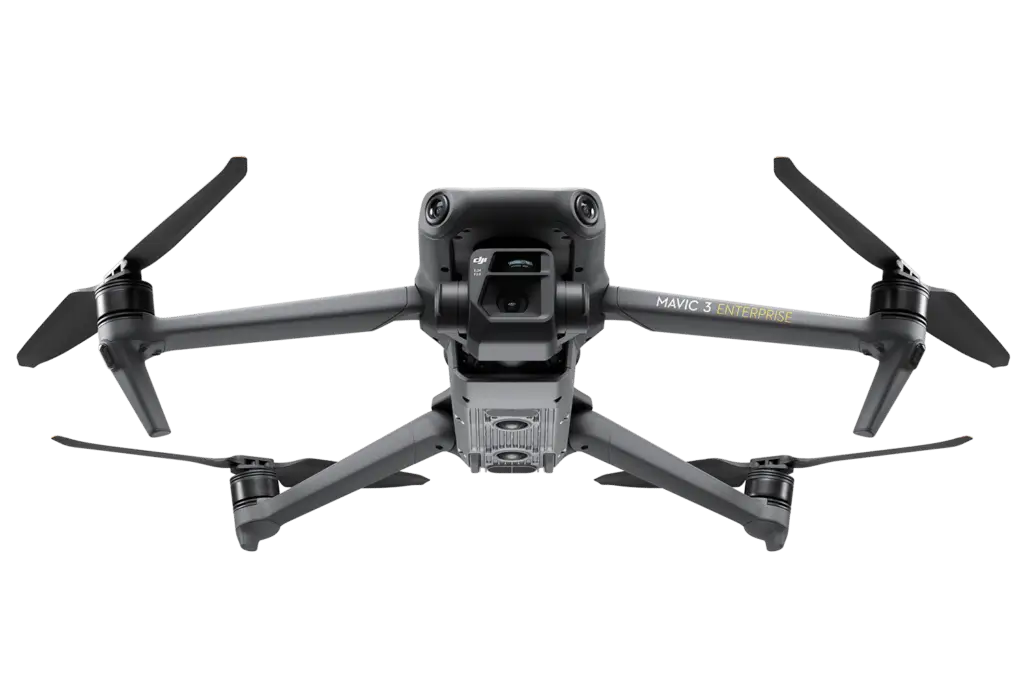Drones in Emergency Response
Drones are increasingly being used in emergency response scenarios and first responders are finding that using drones can save time, energy, and increase efficiency when dealing with disasters big or small. Because drones can be quickly deployed over disaster zones, responders are using drones such as the M600 them to produce 3D maps, scan for victims, deliver first aid kits, and assess damaged infrastructure. These, among other applications, have cemented the role of drones as an essential part of emergency disaster response. Responders use drones to:
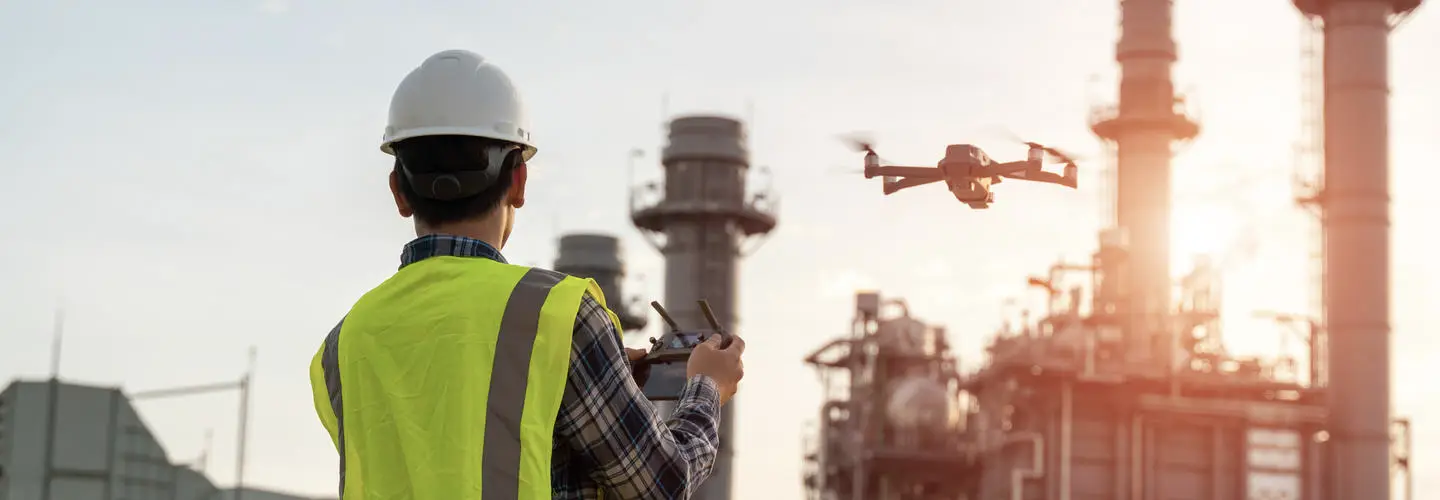
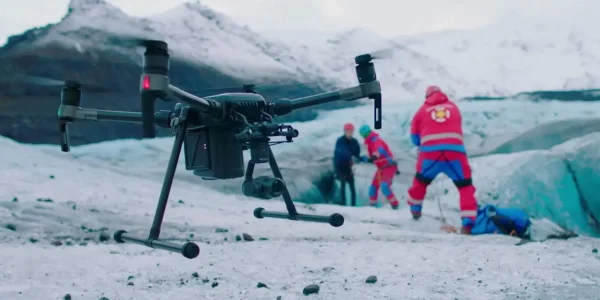
Search & Rescue
Disaster Response
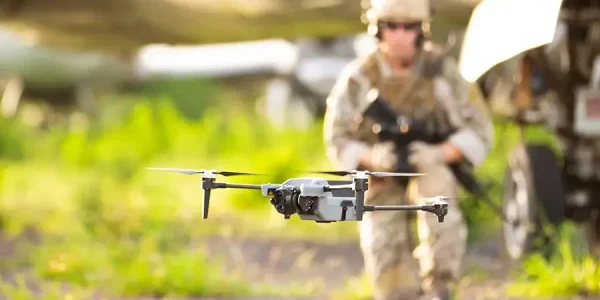
Related Products
DJI Matrice 350 RTK
The DJI Matrice 300 RTK is indispensable in emergency response scenarios for its rapid deployment and precise positioning. Its RTK module enhances flight stability and data accuracy, crucial for search and rescue missions. Additionally, it can carry multiple payloads, such as zoom cameras for detailed visuals and thermal sensors to locate individuals in various conditions, making it a valuable asset in disaster management and rapid response operations.
DJI Matrice 30T
The DJI Matrice 30 Series drones are engineered for rapid deployment in emergency response situations. Their high-resolution thermal and visual cameras are instrumental for search and rescue operations, offering real-time insights during natural disasters or accidents. These drones can navigate through challenging terrains to locate individuals and assess risks, providing first responders with critical information to make timely and informed decisions in life-threatening scenarios
DJI Mavic 3 Enterprise
The DJI Mavic 3 Enterprise series is particularly effective for emergency response due to its compact size, rapid deployment capabilities, and advanced imaging technology. It excels in providing critical situational awareness during natural disasters, search and rescue operations, and firefighting efforts. Equipped with high-resolution cameras and thermal imaging, it can quickly assess damage, locate survivors, and monitor evolving conditions, making it an essential tool for first responders aiming to make timely and informed decisions in critical situations.

